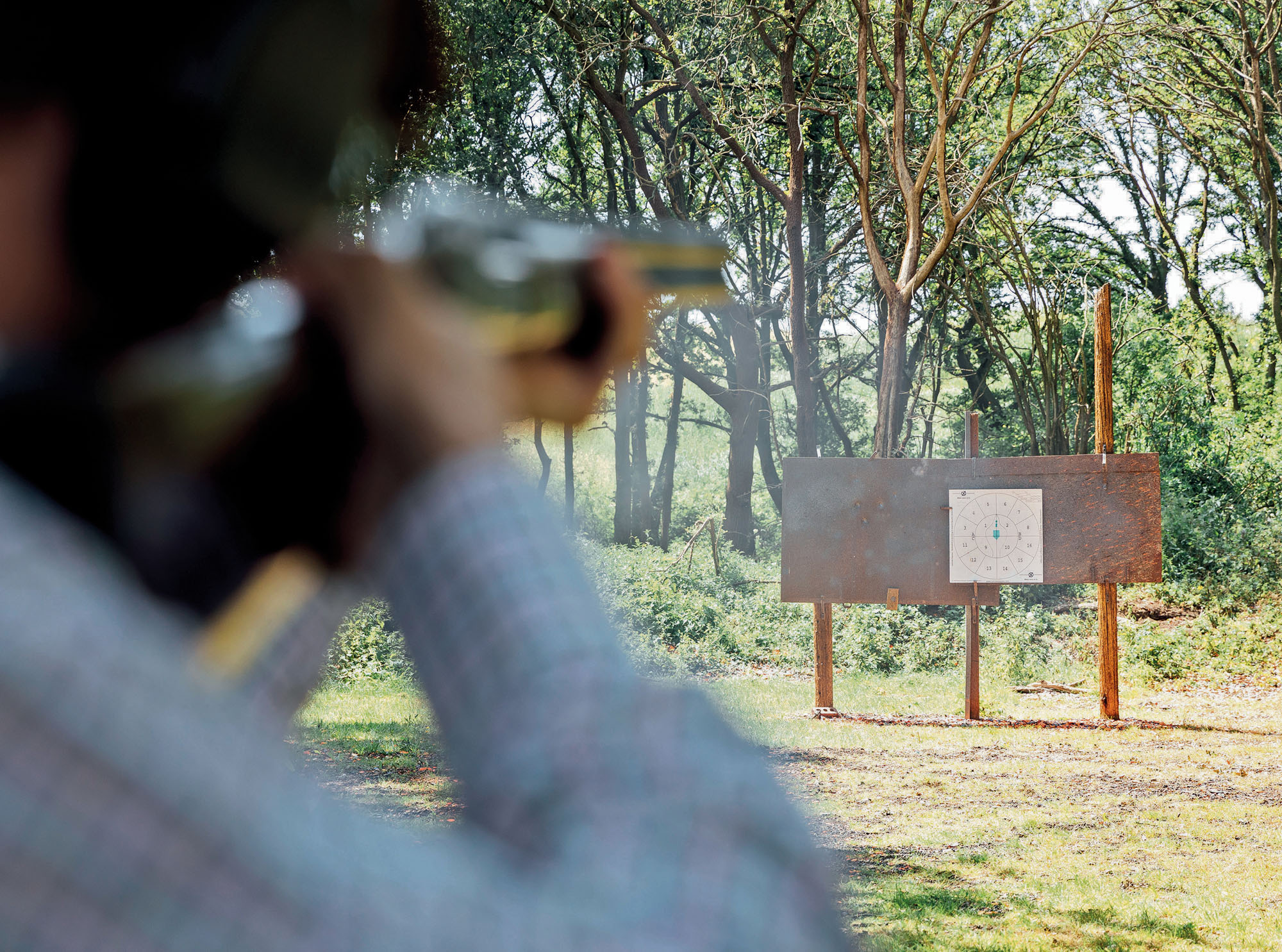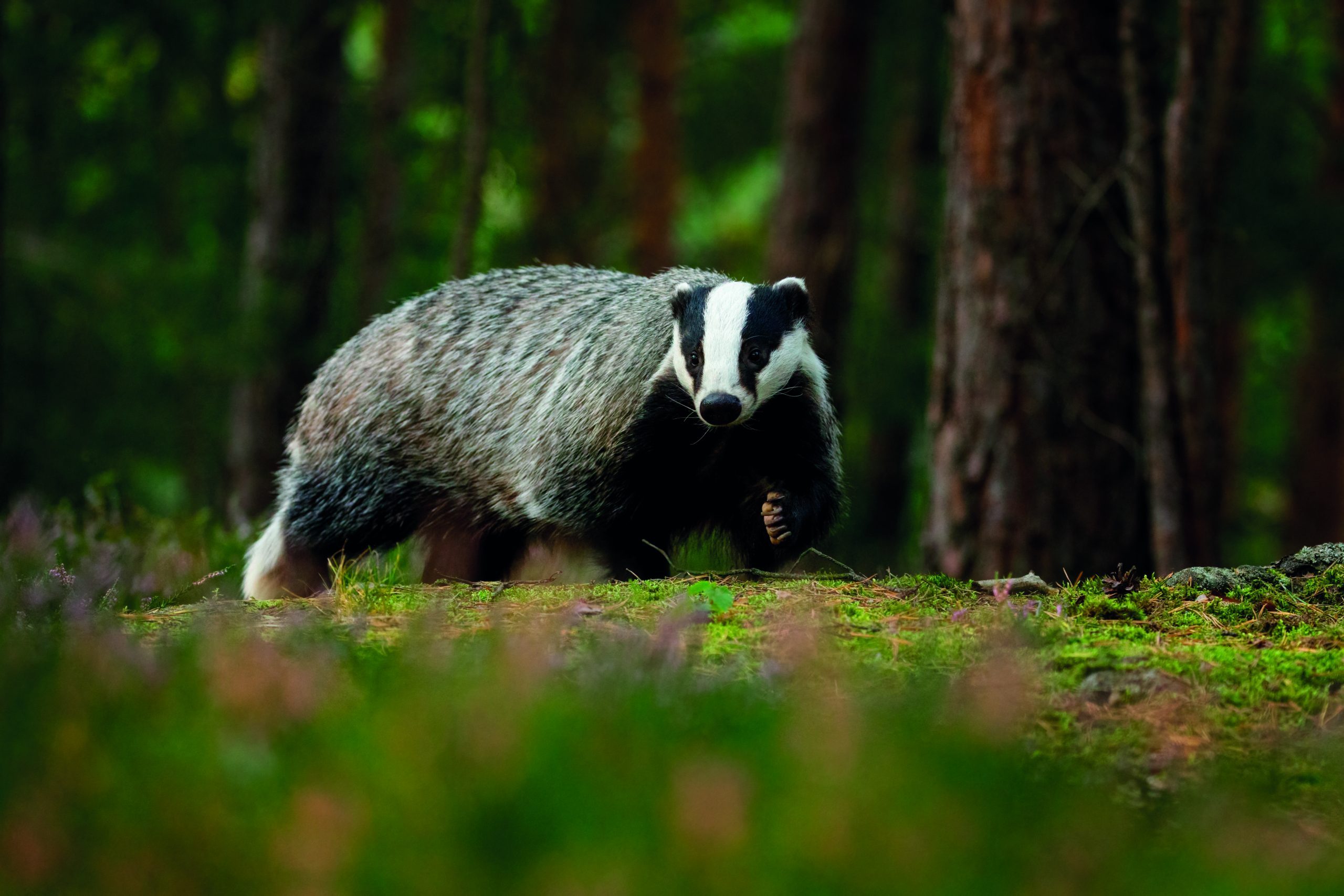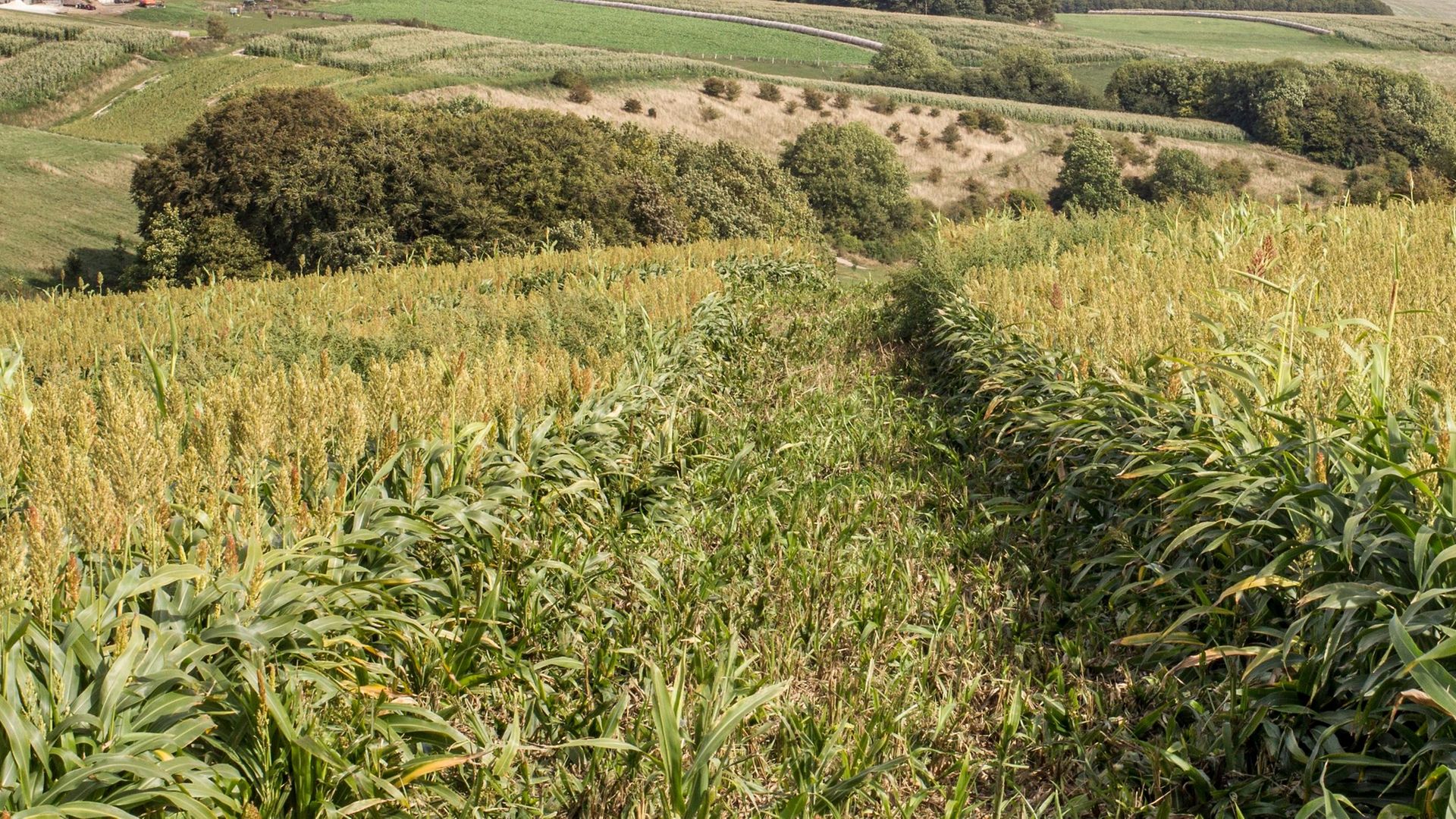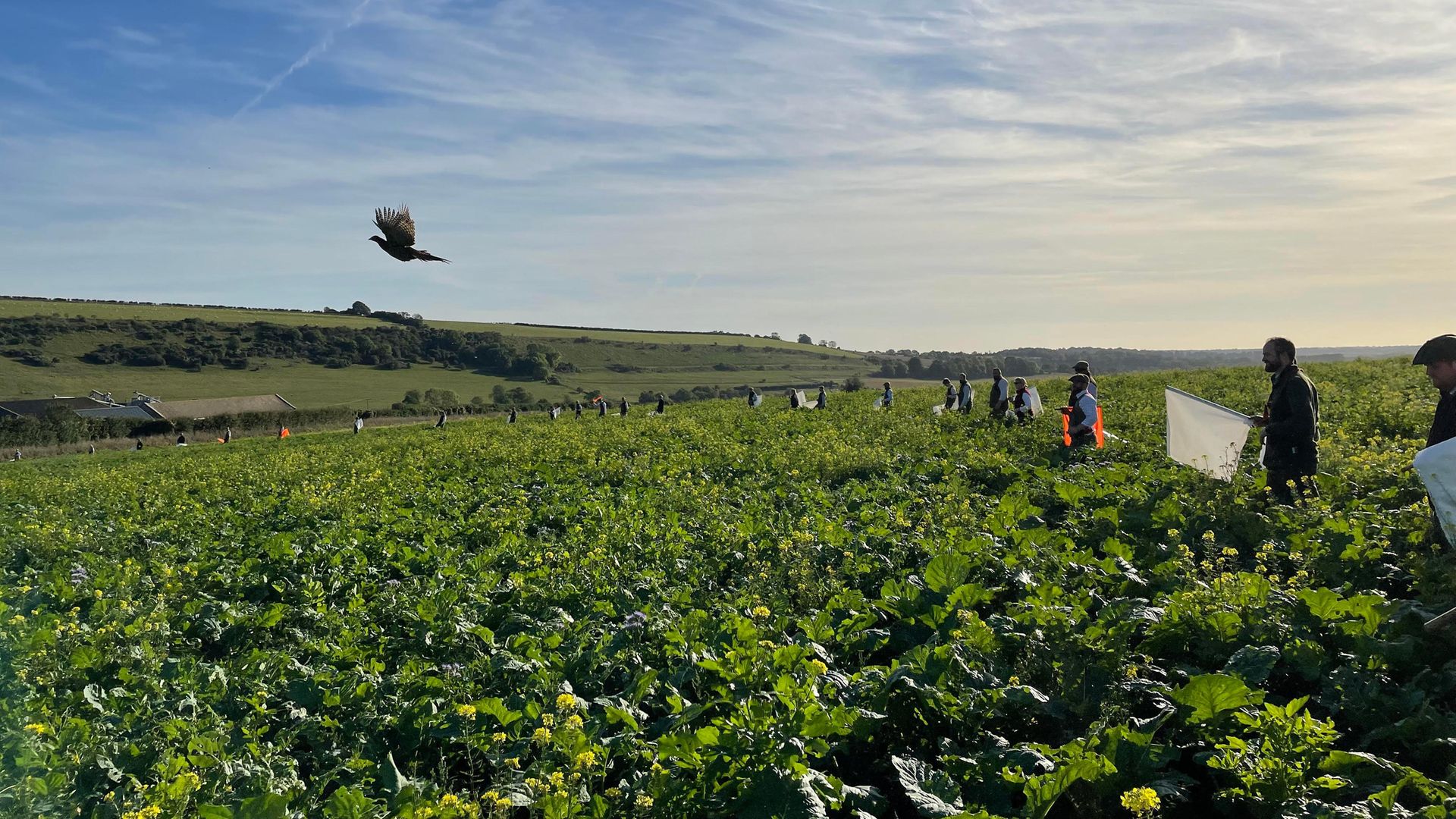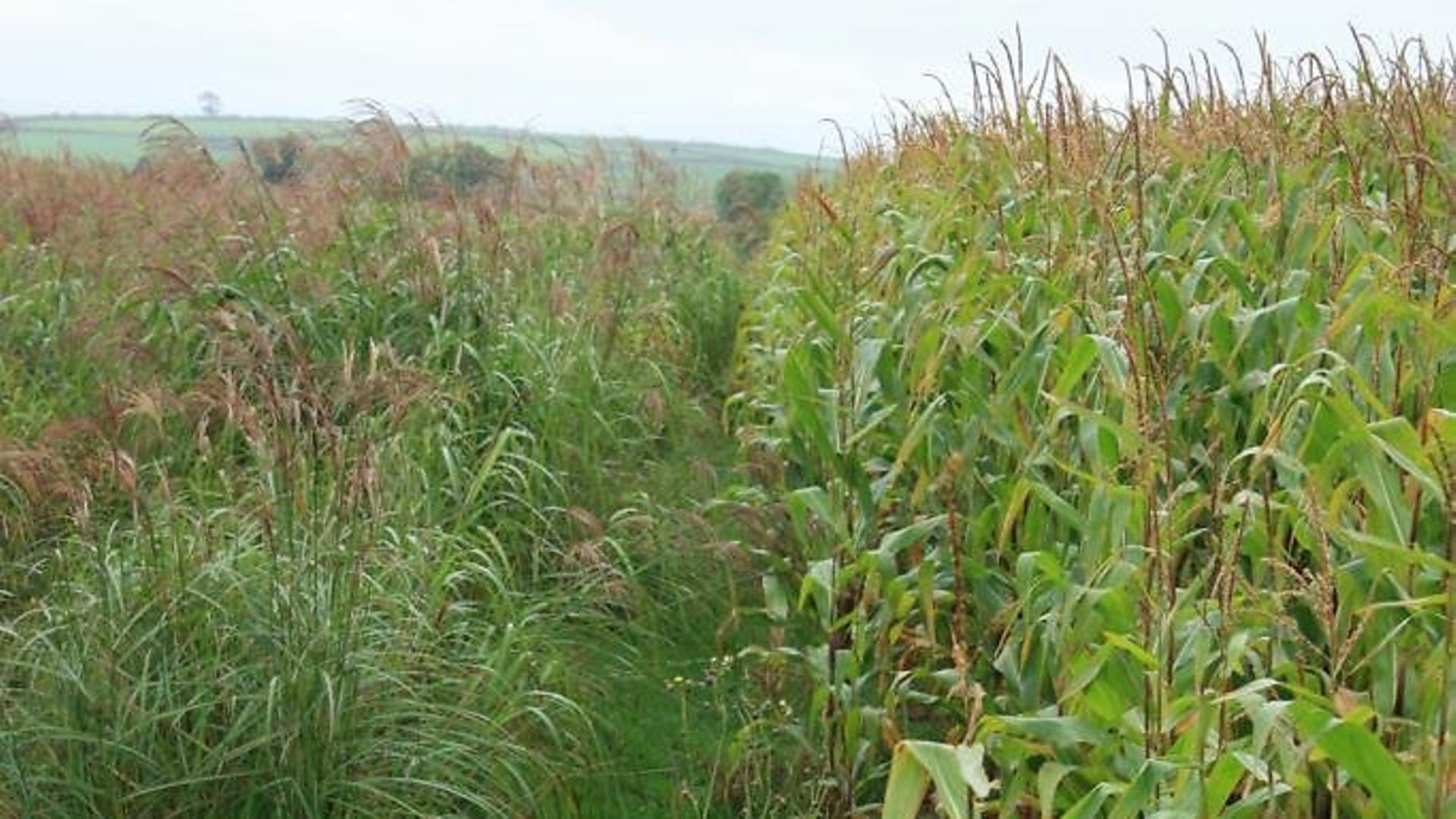Spring sowing: the best cover crops for different land types
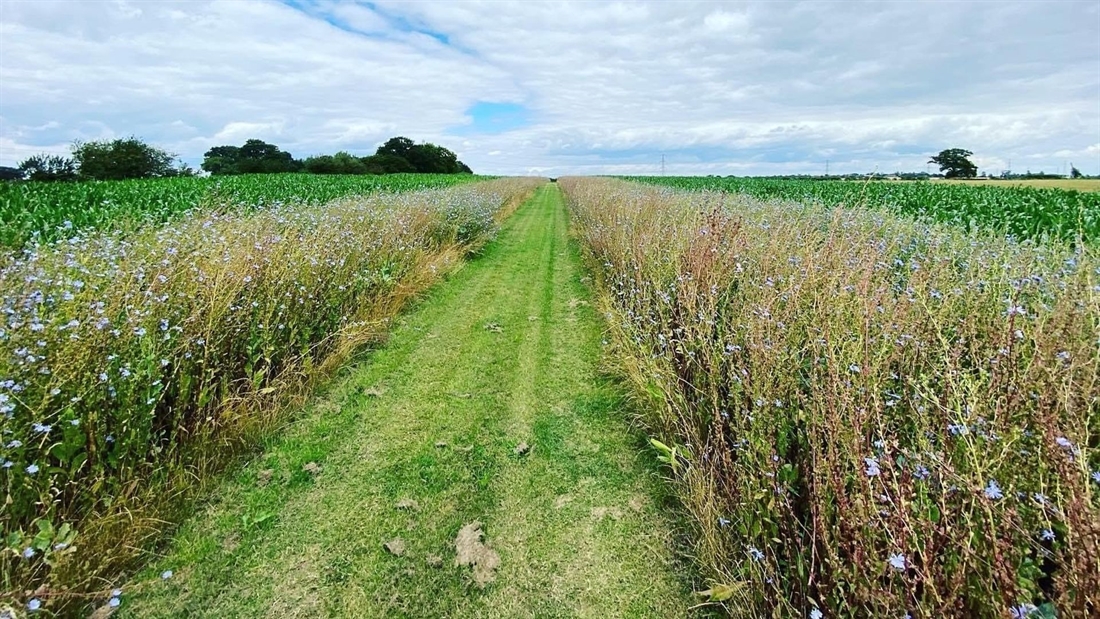
Ben Dolbear from Bright Seeds takes a look at spring sowing and helps you match the best crop selection with your specific land type
Making the right choice for spring sowing depends on matching crops to altitude, soil type and climate. The advent of dual-purpose crops for cover and stewardship has never been more pertinent as growers adapt to new Environmental Land Management Schemes (ELMS).
Effective game cover can make or break a shoot in a lot of instances. And it’s not just the large commercial shoots, but the 20-bird day syndicates as well. Gamekeepers are mostly looking for more than bird shelter and possible feed supply from their cover crops; they are also looking to cropping as a management tool that can help set flight paths and improve presentation of birds to the Guns. Whether it’s a mainstream maize, a fast-growing mustard, an Ethiopian kale, or a woody rhizomatous grass, there is something for almost every situation.
Maize remains the popular spring sown cover. It is hardier than sorghum with a greater tolerance to the cold and shade. However, sorghum can provide highly effective winter cover, and has the advantage over maize in certain situations, such as where deer grazing is an issue.
Perennial crops can also be a good spring option, and are becoming popular as a windbreak to help cover crops such as maize endure the full winter. While the more severe terrains may be confined to growing only permanent cover, it can have a useful role when grown selectively on prime land within a shoot.
Planting permanent cover such as miscanthus across the prevailing wind can protect a mainstream cover crop through until the end of January, holding more birds in the closing weeks of the season.
Introducing permanent cover also diversifies habitat which is helpful in holding more birds, and because it doesn’t require replanting, provides ideal nesting for game as well as other farmland birds.
At the other end of the scale, permanent cover can be grown on otherwise fallow land, thus improving the habitat of the shoot without taking additional agricultural land. Further, land inaccessible to machinery, which has previously presented no obvious use, can be utilized. As long as it supports weeds, it is likely to be suitable to grow a long-term cover crop. Again, miscanthus – an Asian woody perennial grass that can be hand or machinery-planted and is a non-evasive variety (essential for effective cover) – is ideal.
When selecting the crops to grow, do not lose sight of the basic principles, one of which is planting a three-way mix of annuals, biennials and perennials. This not only achieves greater diversity of habitat, but spreads the risk of crop failure. For example, diseases specific to one should not affect the others. To this end, brassicas, chicory, canary grass, mustards and others all have a role to play. A stale seed bed is always an advantage in holding weeds back in the early post-emergence of the crop, and having the correct fertiliser and agrochemicals on hand to ensure timely application at the correct rate is essential.
Cover crop options for different site conditions
Steep sites (no machinery access)
Observations: Look at what’s growing. The presence of weeds will indicate that a low-value cover crop can be grown, but planting by hand is the only option.
Likely crop options: Trees, shrubs, miscanthus.
Advantages: Achieving year-round cover; reliable; one-off cost.
Disadvantages: No feed value; permanent (no rotation); takes a long time to establish.
Steep sites (machinery access)
Observations: Depending on soil depth and what is currently growing, a semi-permanent cover crop is likely the best solution.
Likely Crop Options: Royal Mark V (reed canary grass, cocks foot, kale, sweet clover), wild flowers, chicory.
Advantages: Easily controlled by cutting back; gives all-year cover; good for nesting.
Disadvantages: Low feed value; limited shelter; can become impregnable.
Shaded areas (e.g. planted against woodland)
Observations: Providing the shade is not excessive (less than 50% sunlight) kale, quinoa and triticale are proven to grow in sheltered areas.
Likely cover options: Standard Wild Bird Seed Mixture (tall rye, spring triticale, winter triticale, Bittern kale, Carmen quinoa).
Advantages: Good feed value; reasonably pest tolerant; relatively easy to establish.
Disadvantages: Kale element can be difficult to establish; questionable whether it will last through the shooting season; birds from nearby woods prone to eating the freshly drilled seed; limited range of pesticides can be used.
North-facing slopes
Observations: Some early vigour maize grows well in colder areas because it requires less heat units to establish. A warming strip of chicory, canary grass and dwarf sorghum can be an effective wind break. In temperatures below 10°C, a cereal should be considered, triticale being one of the best.
Likely cover options: Utopia (fast-growing mustard crossed with a wild Ethiopian kale) Autumn Promise (Buckwheat, early English vetch, mustard, forage rape, brassicas, fodder radish), triticale (drilled in 12-15″ rows); chicory.
Advantages: Time for good weed control pre-planting; good broad cover; good shelter; feed supply throughout the shooting season.
Disadvantages: Narrow sowing window; lasts one year only.
Waterlogged or wet areas
Observations: No crop likes excessive water, particularly maize and other semi-tropical crops. Whatever crop is grown, the ground must be dried out before sowing. Reed canary grass is an option. Ideally crops with good root structure are needed to withstand unstable soils. Ground that does not normally flood but did so this year needs leaving until June before planting.
Likely cover options: Utopia, Autumn Promise (see above).
Advantages: Late sowing to give time for ground to dry; quick establishment; good root structure.
Disadvantages: Loss of soil nutrients through ground leeching; damaged soil structure; soil compaction (water squeezes air out of the soil).
Drier Areas
Observations: There are more options in drier areas, not least because maize as a semi-tropical crop can thrive in drier climates, as can sorghum.
Cover options: Cape Town Blend (medium and dwarf variety sorghum).
Advantages: Good wind break; will stand all season; supply of palatable food; relatively easy chemical control.
Disadvantages: Soil must be consistently above 10°C to germinate; prone to attract vermin; can be slow to grow mid-season; not cheap.

